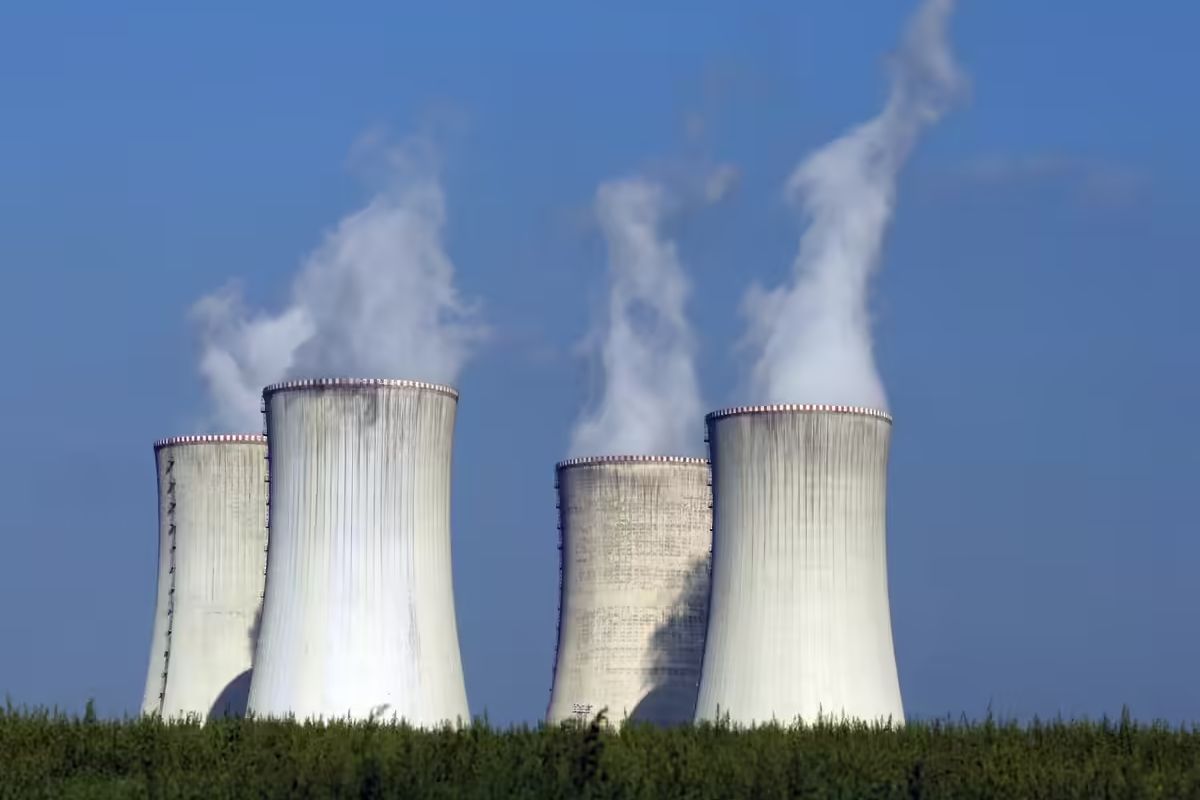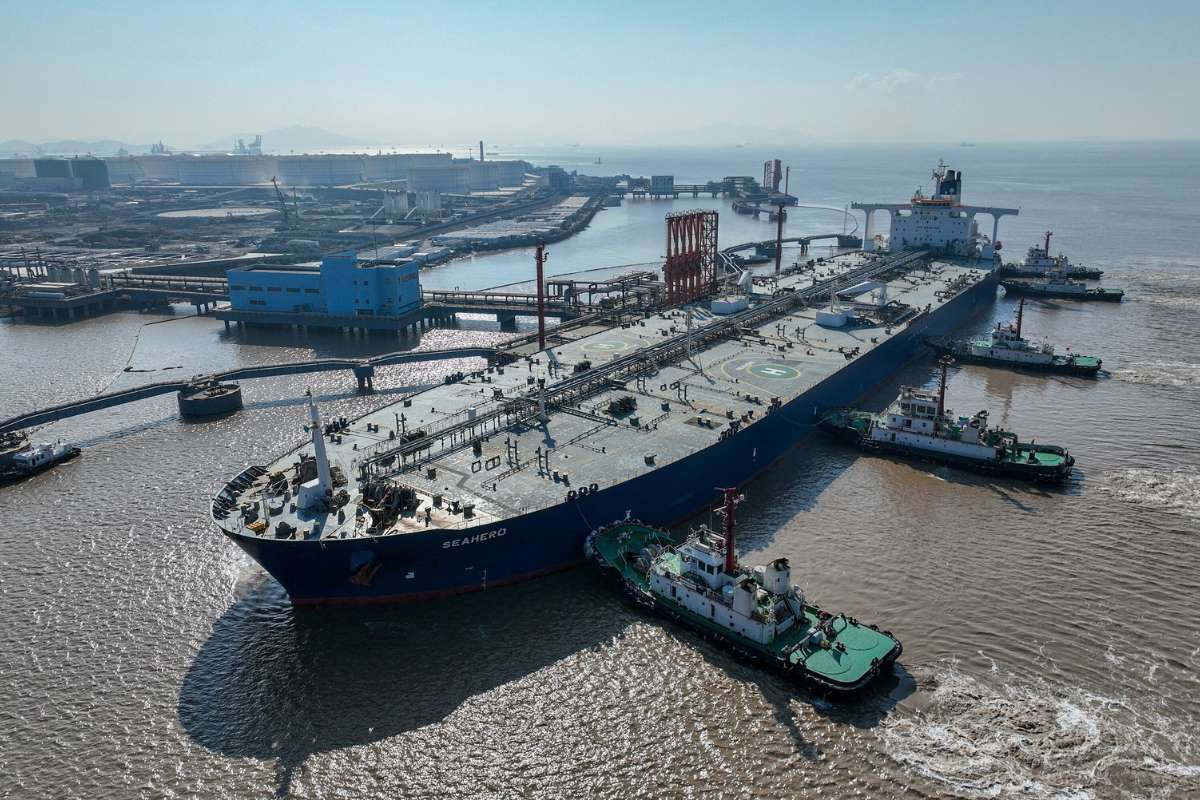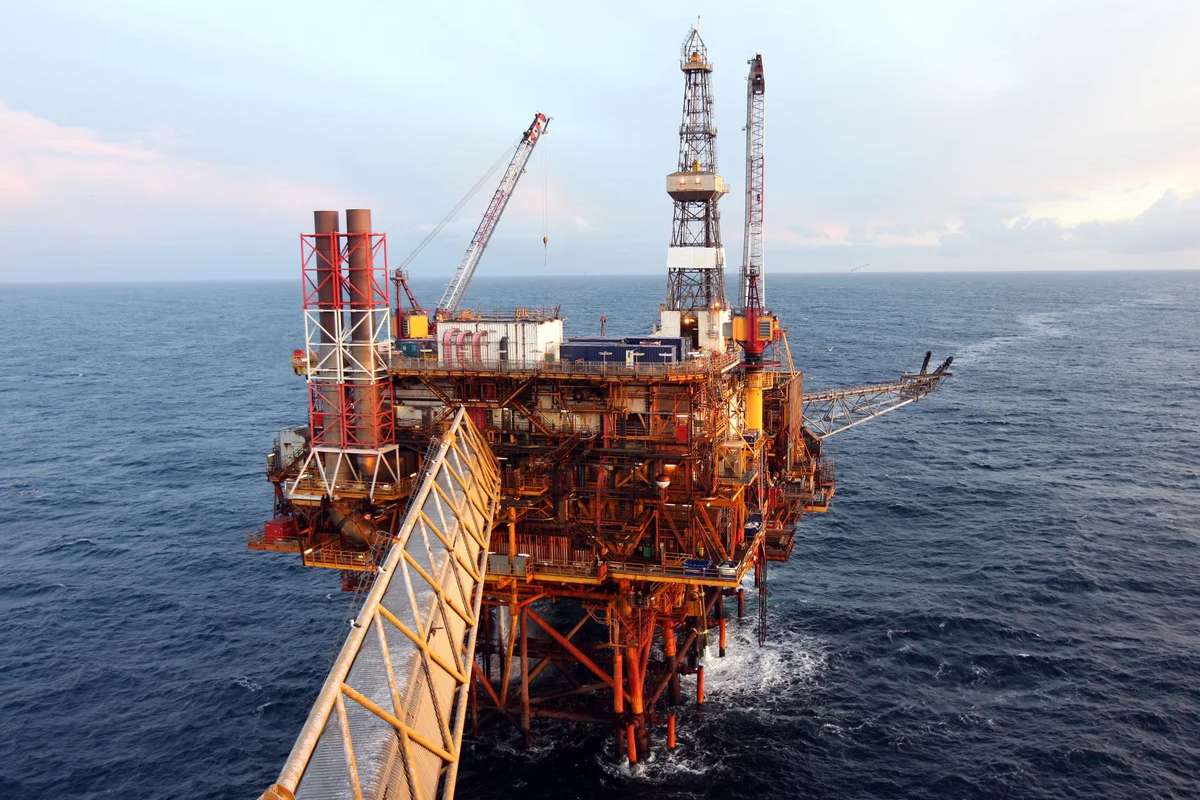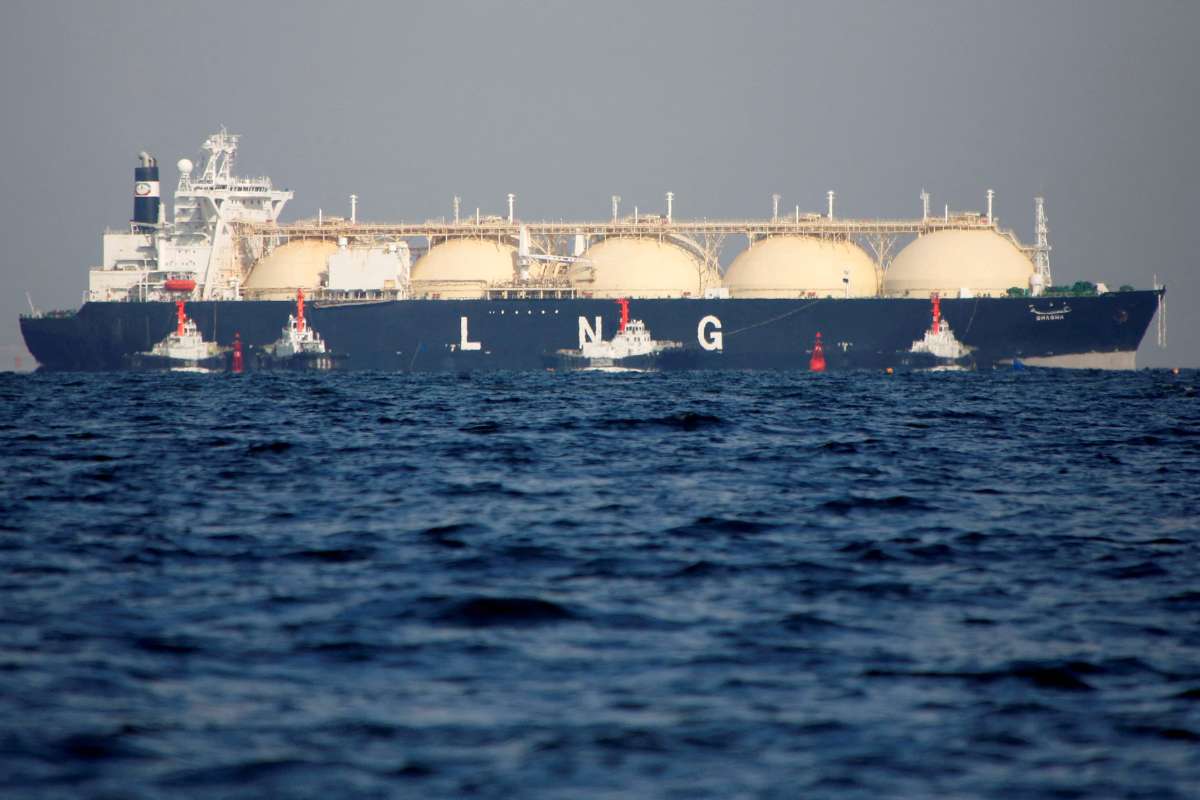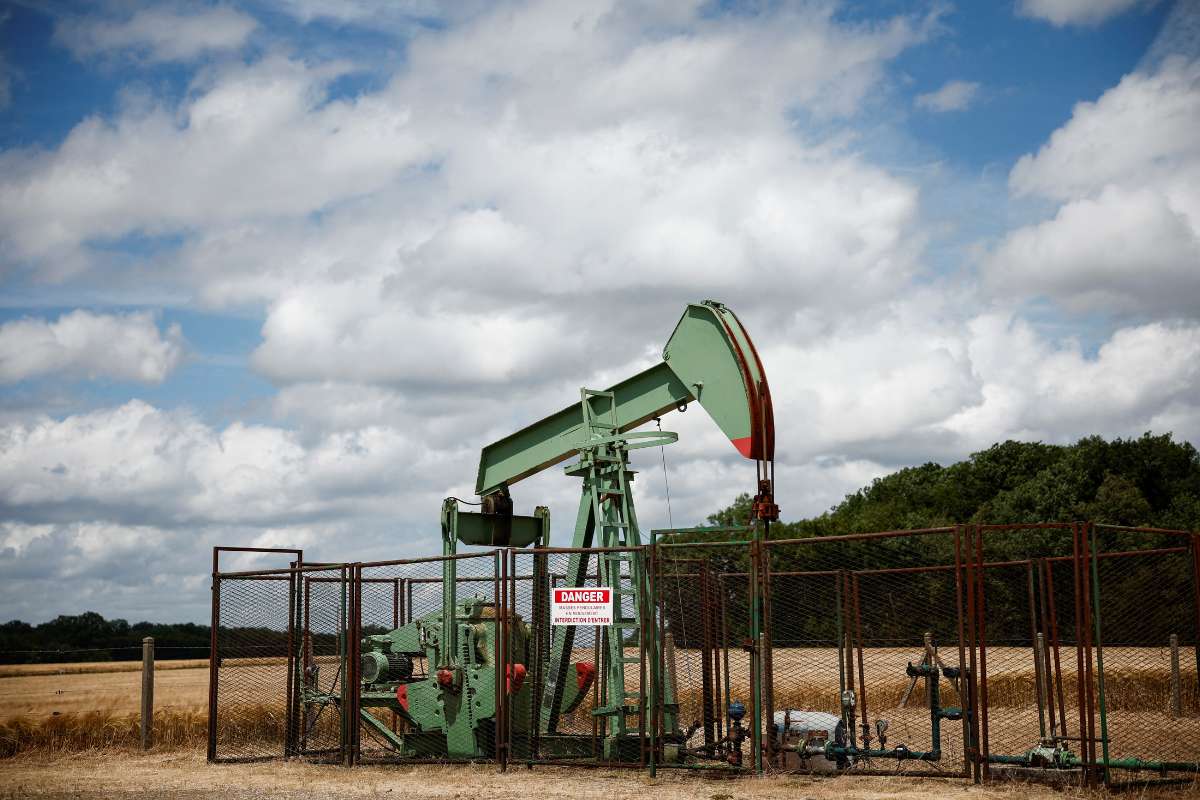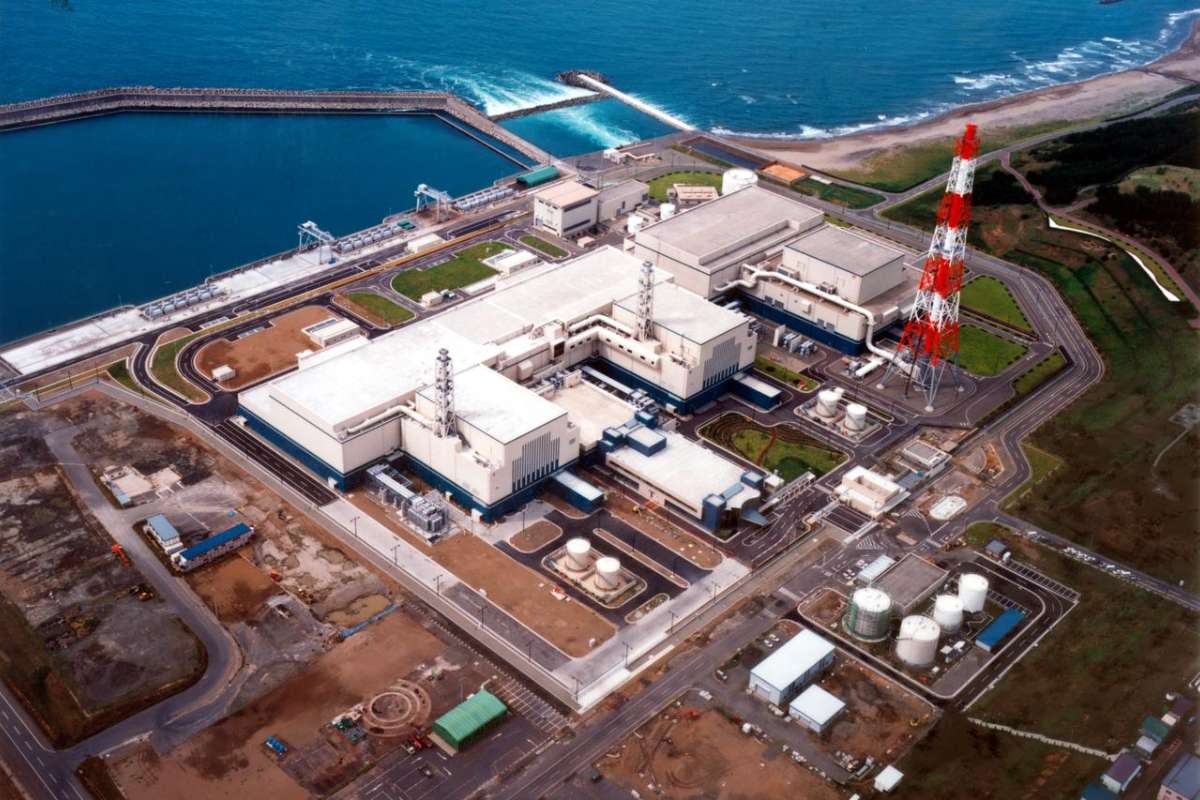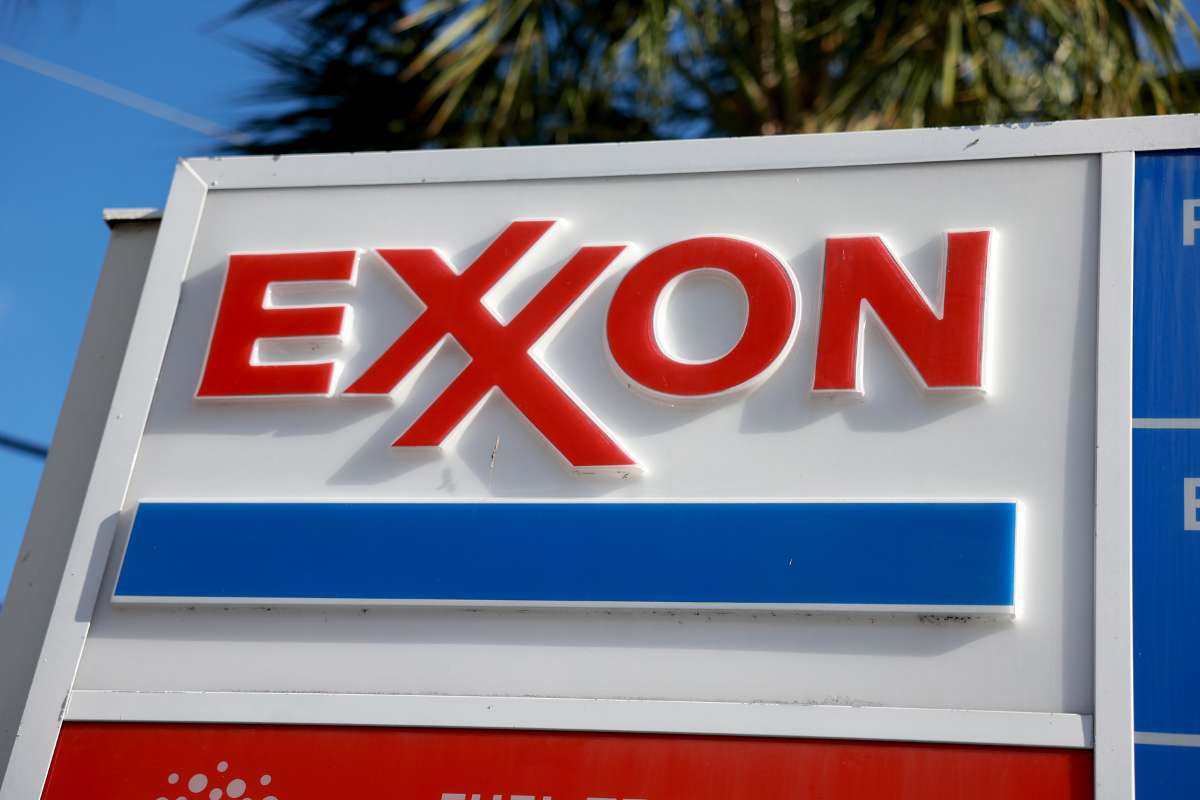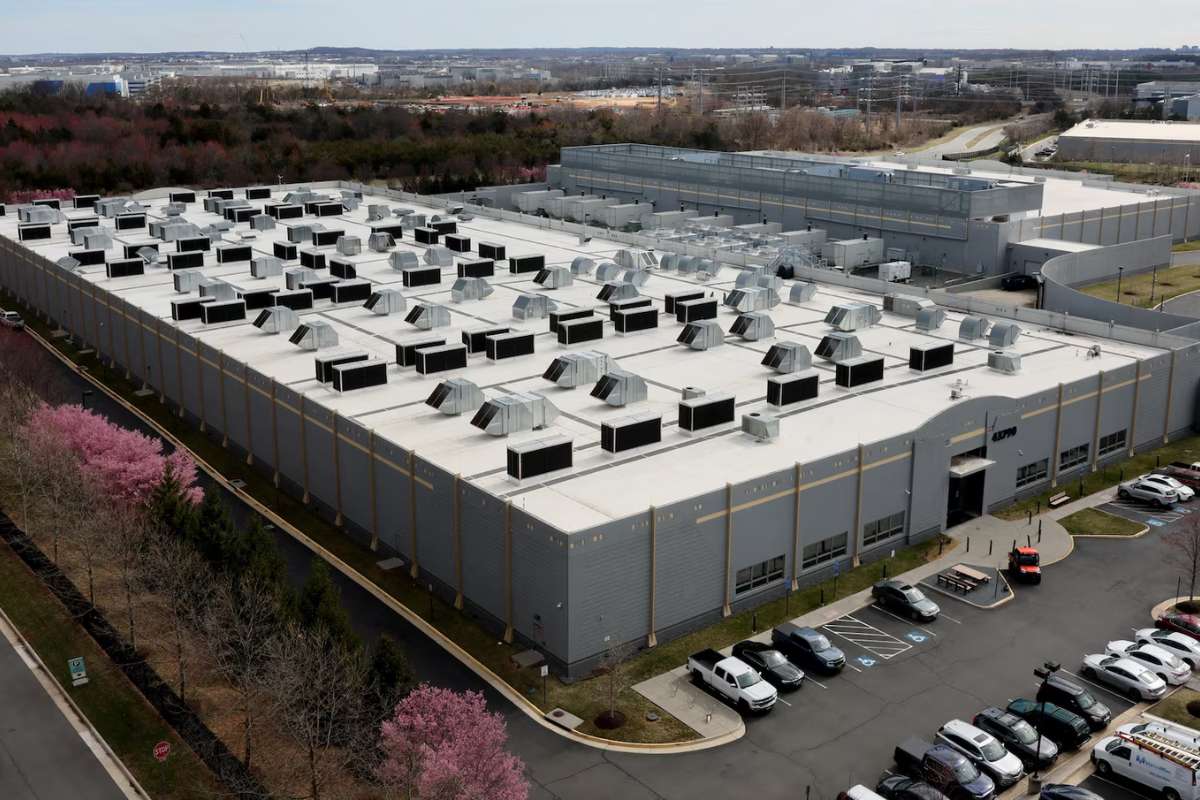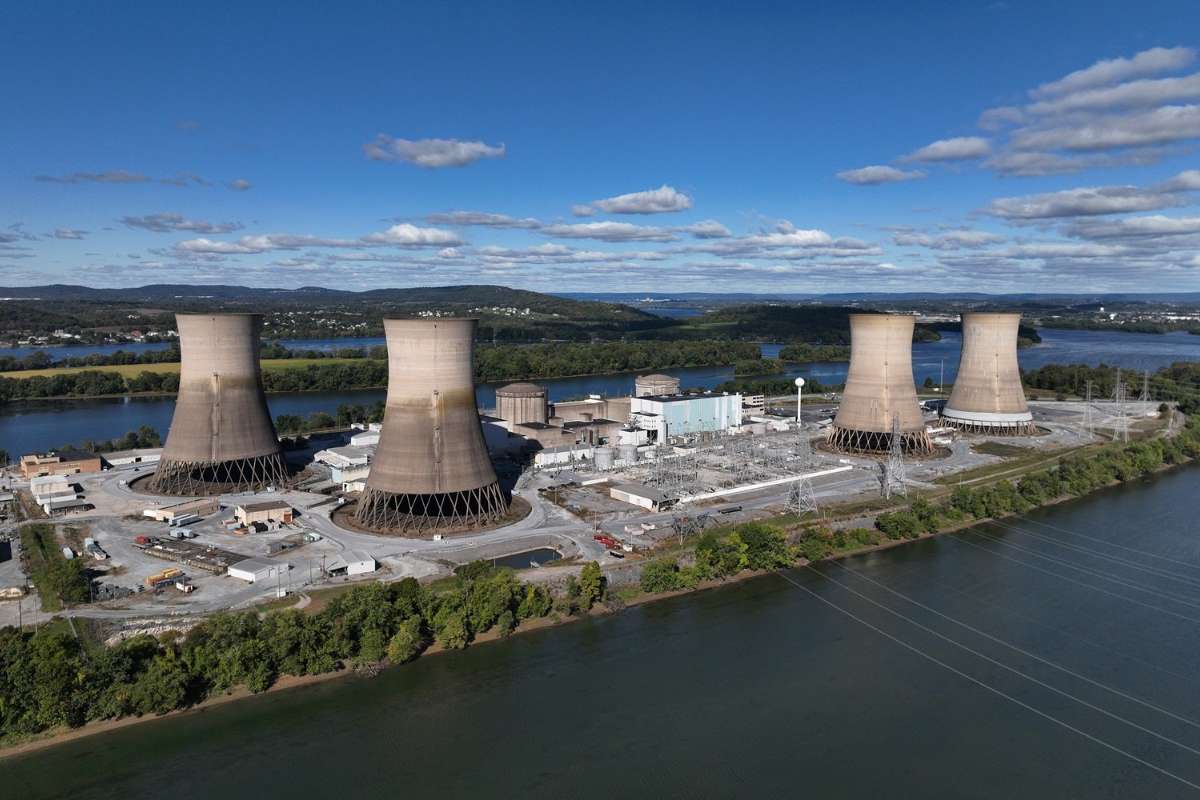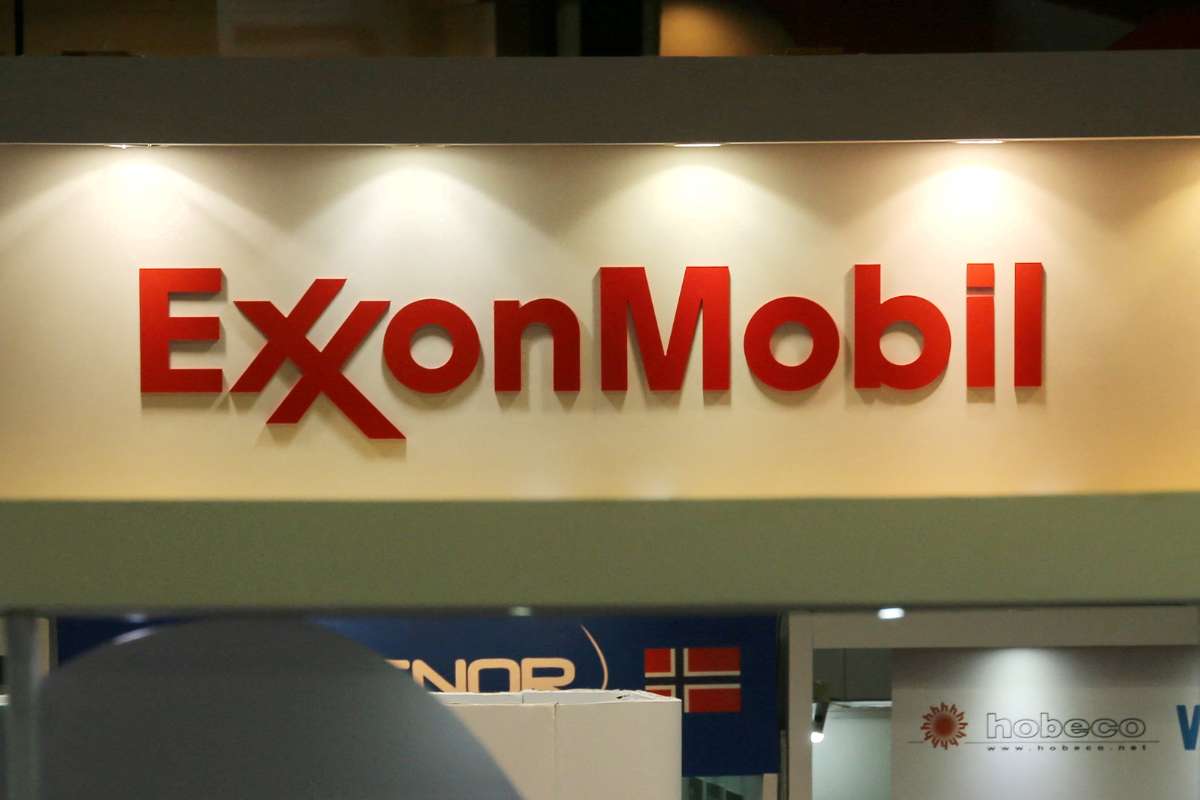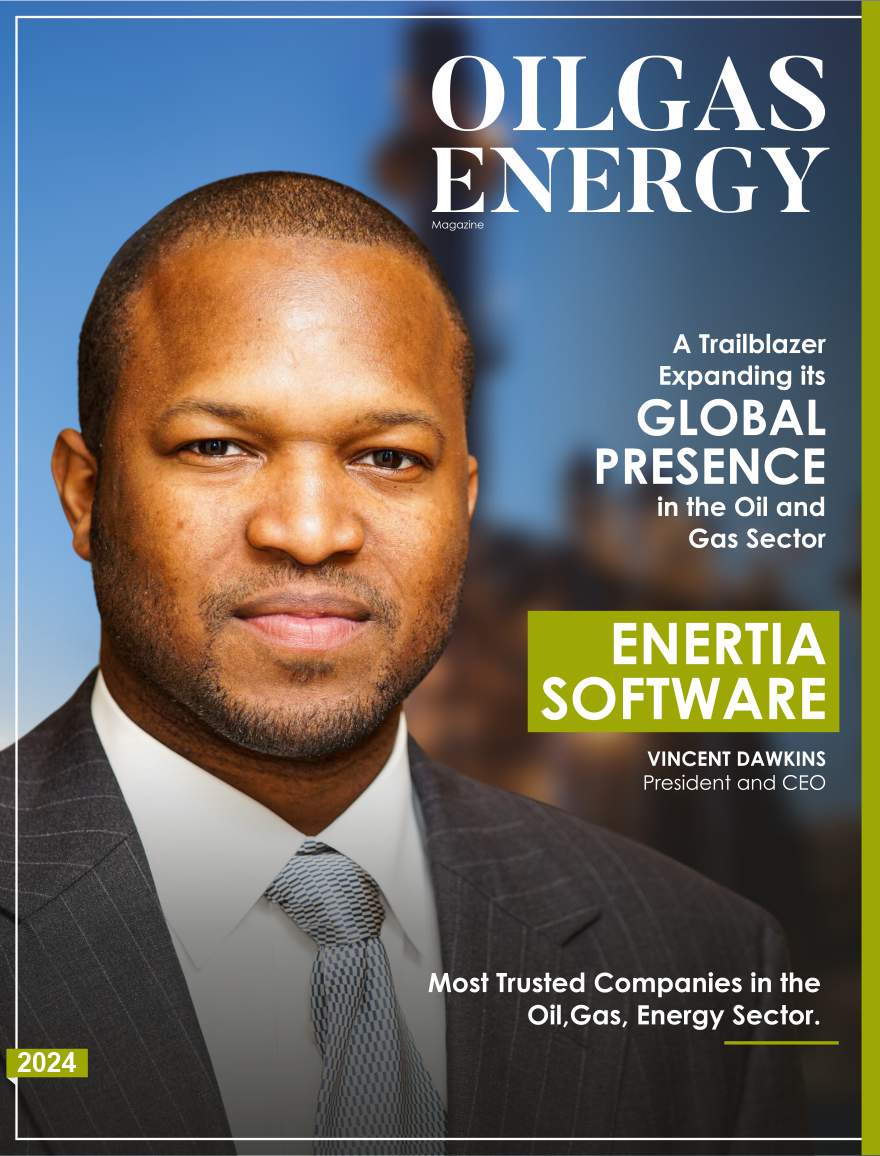U.S. Nuclear Firms industry leaders and startups are accelerating efforts to deploy advanced small modular reactors (SMRs) by the early 2030s, targeting the surging electricity demands of the technology sector.
After decades of reliance on traditional pressurized-water reactors, companies are betting on smaller, more efficient designs to make nuclear plants faster and cheaper to build. The move comes as artificial intelligence, cloud computing, and data center growth drive unprecedented demand for reliable, carbon-free energy.
Industry experts say the transition to new reactor technology could be critical to meeting U.S. energy goals while avoiding the delays and budget overruns that have plagued large-scale nuclear projects in recent decades.
A Shift Away From Expensive Legacy Designs
The completion of Units 3 and 4 at Georgia’s Plant Vogtle in recent years highlighted the challenges of traditional nuclear builds. Originally projected to cost far less, the twin reactors ran $18 billion over budget and opened seven years behind schedule. Each generates more than 1,100 megawatts, enough to power over 800,000 homes, but the financial setbacks have made similar projects difficult to justify.
“Doing these new builds with that older, high-pressure technology is just unaffordable,” said Chris Levesque, CEO of TerraPower, an advanced reactor company co-founded by Bill Gates.
Although some utilities are exploring the restart of closed reactors, such as Michigan’s Palisades and Pennsylvania’s Three Mile Island, there is widespread hesitation about committing to entirely new large-scale plants. Instead, the industry is focusing on small modular reactors with lighter footprints and lower capital requirements.
The Nuclear Energy Agency estimates that more than 90 advanced reactor designs are currently in development worldwide, but U.S. nuclear firms acknowledge that only a few are likely to reach commercialization domestically.
Tech Industry Emerging as a Key Driver
John Ketchum, CEO of NextEra Energy, the largest U.S. power company by market value, believes advanced SMRs could begin operating domestically around 2031, with broader deployment possible by 2035. The deciding factor, he said, will be securing enough financial support to carry promising designs through the costly development process.
“A lot of them are undercapitalized,” Ketchum noted. “We’ve got to pick out the ones that we really want to get behind and make the bets.”
The tech sector, with its vast energy needs and deep resources, is already playing a critical role. Companies like Alphabet, Amazon, Meta, and Microsoft are collectively worth seven times the entire S&P 500 utility sector, giving them the potential to transform nuclear development through strategic investments and long-term energy contracts.
Levesque described technology companies as a “huge force” in driving SMR adoption, noting that their data centers require massive amounts of continuous, low-carbon electricity to function.
TerraPower Leads U.S. Construction Efforts
Among the most advanced U.S. nuclear firm players is TerraPower, which in summer 2024 broke ground on its first Natrium reactor near a former coal plant in Kemmerer, Wyoming. Backed by Gates and supplying power to Warren Buffett’s PacifiCorp, TerraPower aims to have the facility operational by the end of 2030.
The Natrium design uses liquid sodium rather than water as a coolant, allowing the reactor to operate at atmospheric pressure. Sodium’s high boiling point, around 900 degrees Celsius, means the system can run at roughly 500 degrees without requiring the costly high-pressure components found in conventional reactors.
U.S. nuclear firm says this approach reduces both complexity and construction costs, tackling two of the most significant challenges facing the nuclear sector.
Looking Ahead
While the race to commercialize SMRs is intensifying, analysts caution that regulatory approvals, supply chain readiness, and workforce development will be critical to success. Still, with government support, private investment, and a strong push from the technology sector, advanced reactors could play a central role in U.S. energy strategy by the next decade.
If the industry meets its timelines, the 2030s could mark a turning point for nuclear energy, delivering faster builds, lower costs, and cleaner power for an increasingly digital economy.
Visit Oil Gas Energy Magazine for the most recent information.

